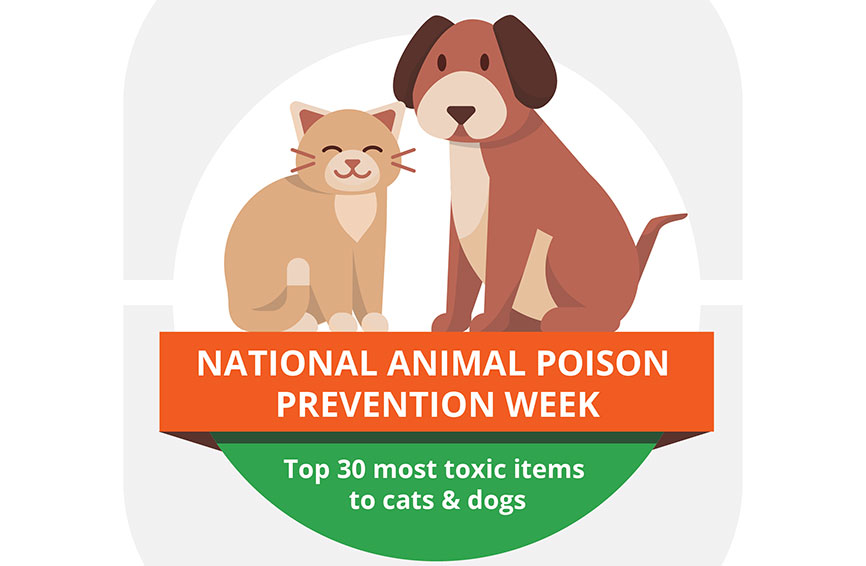Table of Contents
Key Takeaways
- No, salt is not recommended for dogs.
- Too much salt can cause vomiting, diarrhea, muscle tremors, incoordination, and seizures in dogs.
- Ensuring access to fresh drinking water reduces the risk of salt toxicity in dogs.
Excess salt and salty foods are not recommended for dogs.
Humans love salty foods like French fries, potato chips, pretzels, and we even add additional salt to boost the flavor. While we use salt in (or on) almost everything, it’s actually not recommended for dogs in large quantities. Excessive salt can lead to “salt poisoning,” which is characterized by dehydration, vomiting, muscle tremors, seizures, incoordination, and diarrhea.
Dogs naturally need sodium as part of their diets to maintain normal body function. This electrolyte helps with fluid balance, muscle and nerve function, and blood pressure stability. Commercial dog foods contain sodium as part of a balanced diet, either naturally from the ingredients or as an additive. Therefore, salt in the proper amount is essential in a dog’s diet. In excess, however, it can lead to serious health consequences or death.
How Much Salt is Okay?
Consult your veterinarian with any questions or concerns related to the salt content in your dog’s diet or treats. If your dog ever accidentally ingests salt, your veterinarian can also provide guidance.
Salt Poisoning
If your dog has ingested too much salt, the first signs may include vomiting and/or drinking large amounts of water. They may seem overly tired and have a swollen stomach. If your dog has had an excessive amount of salt, you’ll notice they suddenly become very stiff – their muscles have lost moisture. If left untreated, salt poisoning can lead to death. Clinical signs may progress to include:
- Diarrhea
- Swelling or fluid accumulation
- Excessive urination
- Tremors and seizures
- Incoordination
- Head pressing
Providing access to fresh, clean water can help prevent salt poisoning in healthy dogs who accidentally ingest large amounts. However, dogs with certain health conditions may be unable to regulate electrolytes and fluids, which increases their risk of salt poisoning after accidental ingestion.
Toxic ingestion emergencies
If you believe that your dog may have accidentally ingested salt, call your veterinarian or the Pet Poison Helpline immediately. Knowing how much salt was ingested and your dog’s weight will be helpful. If salt poisoning is suspected, hospitalization at a veterinary facility for continuous care and monitoring may be recommended. Typical diagnostics and treatment during hospitalization can include IV fluids, electrolyte monitoring, and supportive medications deemed appropriate by the veterinarian. Hospitalization times and prognosis vary based on the time since salt ingestion and the responsiveness to supportive care.
Want to find out more about what dogs can and cannot eat? Check out our comprehensive guide for more information on “What Human Foods Dogs Can and Can Not Eat.”









